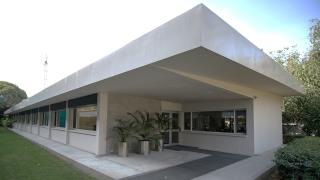With cement demand anticipated to rise over the coming years and production capacity set to soar to more than 20Mta, Myanmar’s cement industry has significant potential for co-processing several types of waste in its kilns. By Dr Kåre Helge Karstensen and Palash Kumar Saha, SINTEF, Norway.
One of the fastest-growing economies in south Asia, Myanmar is expected to grow at around seven per cent annually in the foreseeable future. More than 30 per cent of its 56m population live in urban areas.
Key industries include food and beverages, wood and wood products, various metals, construction materials (including cement), pharmaceuticals, fertilisers, hydrocarbons, garments and jade/precious gems. Most of its industries are small- and medium-scale and nearly all are privately owned. Industrial activities are mainly organised in 24 major industrial zones, including six under development. While there are three Special Economic Zones (SEZs), only Thilawa, just outside Yangon, has made considerable progress. Future industrial growth will be primarily driven by foreign investment in larger projects, particularly in heavy industries such as oil and gas, power, and infrastructure. Poverty alleviation, access to basic utilities (water, sanitation, health services, and electricity) and improved infrastructure are some of the important development mandates for Myanmar.
